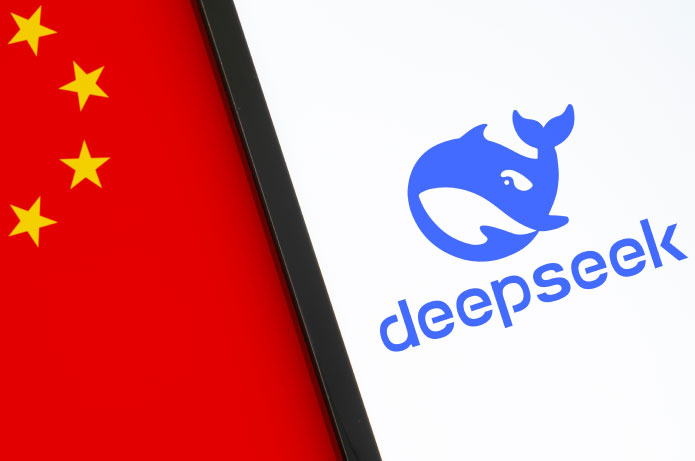ADeepSeek AIproved that it can disturb industry giants, like OpenAI, Anthropic and Google with the launch of the modelsDeepSeek R1 and v3, that combine high performance with a cost well below the market standard. The movement generated a chain reaction, with theAlibaba llaunching a model based on DeepSeek a few days later, and debates about US sanctions on chip exports to China intensifying. According to Fabrício Carraro, AI specialist andProgram Manager at Alura, this change in the scenario may redefinethe future of AI development:
"O DeepSeek R1 surprises with the balance between quality and cost". While models like OpenAI o1 perform excellently, DeepSeek achieved comparable results for a much lower budget and also released the model as open-source, allowing any company or developer to conduct tests, retraining and implement technology according to your needs, explain the Program Manager of Alura
Furthermore, Carraro highlights how theChina's dependence on foreign chipsstill represents a challenge, but the massive investment of companies likeMeta (US$ 65 billion just in 2025) and the Stargate project in the US (US$ 500 billion in AI infrastructure)they can expand this geopolitical and technological dispute
In light of this scenario, what can we expect for the future of generative AI? How the advancement of DeepSeek impacts companies, developers and the business model of the industry giants
To explore these issues, I suggest a conversation withFabrício Carraro, that closely follows these trends and can provide strategic insights on the impact ofDeepSeek AI, the war of open-source models and the next steps of OpenAI, Anthropic and Google in this race for supremacy in AI


